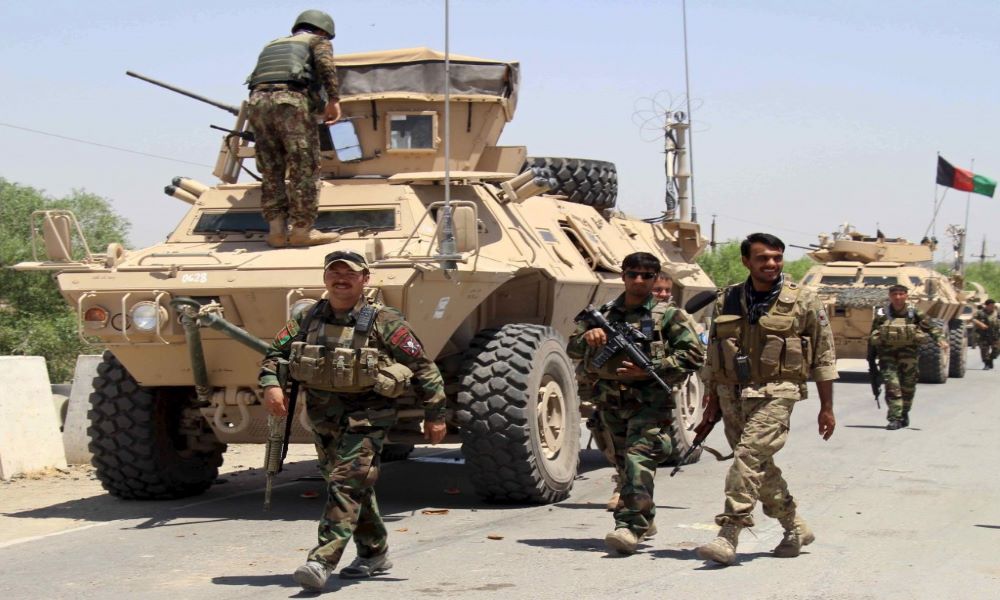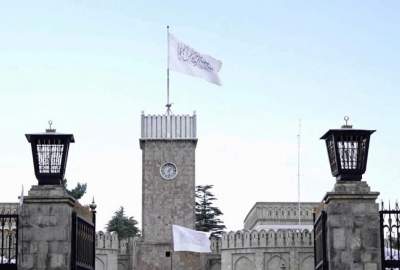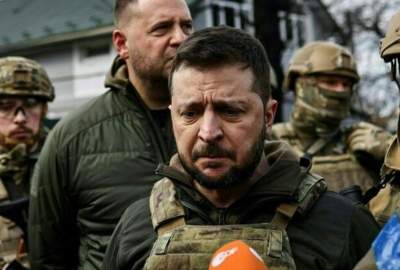Afghanistan’s Interior Ministry spokesman Tariq Arian said Thursday the Taliban had carried out 368 attacks in 22 provinces last week.
Publish dateThursday 10 September 2020 - 15:20
Story Code : 218572
He said at least 49 civilians had been killed in these attacks and that dozens more had been wounded.
These figures do not however reflect Wednesday’s explosion in Kabul that targeted Vice President Amrullah Saleh’s convoy – killing at least 10 people.
The Ministry of Defense meanwhile tweeted Thursday that the Afghan National Army had in the past few days safely defused dozens of IEDs planted by the Taliban, intending to kill civilians.
In one Twitter post, the MoD said the Taliban “have increased planting explosives and IEDs on public roads to kill innocent people.”
On Wednesday alone, the Afghan National Army (ANA) defused 29 IEDs in Mawand district of Kandahar province.
Another 22 IEDs planted by the Taliban on public roads in Nahresaraj and Nadali districts of Helmand province were also discovered and defused.
“The IEDs were intended to kill civilians. TB’s explosive inflict heavy casualties on civilians, while ANDSF risk their lives to protect Afghans,” the MoD stated.
In another incident, a “large IED on a public road” in Sancharak district of Sar-e-Pul province was detected and defused on Wednesday and a further 10 were found in two districts in Farah province.
All were found on public roads and “intended to kill civilians”, said the MoD.
These reports reflect findings by the United Nations Office for the Coordination of Humanitarian Affairs (UNOCHA) in Afghanistan, which highlights serious conflict across the country in the past week.
In their weekly update Wednesday night, UNOCHA stated that 78,610 people had been displaced by conflict in the north-east in the past week.
Fighting resulted in the deaths of at least 11 civilians in Kunduz alone.
To date, the clashes in Kunduz have resulted in the displacement of an estimated 10,730 families (approximately 75,110 people).
Hundreds more have been displaced due to fighting In Takhar province, Badakhshan, and Baghlan.
In the eastern part of the country, fighting displaced 4,634 people and the security situation remained volatile in Nangarhar and Kunar provinces.
Video Player
00:00
00:07
The security situation also remained volatile in the north with continued armed clashes between ANSF and insurgents in Balkh, Faryab, Sar-e-Pul and Jawzjan provinces.
During the reporting period – August 31 to September 6 – the security situation deteriorated across the south, UNOCHA stated adding that the threat of improvised explosive devices (IEDs) continued to hinder civilian movements between districts and provincial capitals in Helmand and Zabul provinces.
Their report stated that roads connecting Shah Wali Kot and Arghestan districts are reportedly contaminated with IEDs which is also affecting the movement of supplies to districts.
Also, in Uruzgan province, the road connecting Trinkot and Chinarto districts remained blocked affecting approximately 800 families (about 5,600 people) who are unable to access food and medical services.
UNOCHA stated that the security situation continued to be tense across the west.
In Ghor province, three civilians were killed in an IED explosion. They also stated that about 10,406 undocumented people returned to Afghanistan from Iran from 29 August to 3 September.
Fighting was also ongoing in Farah and Badghis provinces.
“Needs assessments of people affected by conflict are ongoing across the west,” UNOCHA stated.
The central parts of the country also remained volatile with violence ongoing in Kabul province.
These figures do not however reflect Wednesday’s explosion in Kabul that targeted Vice President Amrullah Saleh’s convoy – killing at least 10 people.
The Ministry of Defense meanwhile tweeted Thursday that the Afghan National Army had in the past few days safely defused dozens of IEDs planted by the Taliban, intending to kill civilians.
In one Twitter post, the MoD said the Taliban “have increased planting explosives and IEDs on public roads to kill innocent people.”
On Wednesday alone, the Afghan National Army (ANA) defused 29 IEDs in Mawand district of Kandahar province.
Another 22 IEDs planted by the Taliban on public roads in Nahresaraj and Nadali districts of Helmand province were also discovered and defused.
“The IEDs were intended to kill civilians. TB’s explosive inflict heavy casualties on civilians, while ANDSF risk their lives to protect Afghans,” the MoD stated.
In another incident, a “large IED on a public road” in Sancharak district of Sar-e-Pul province was detected and defused on Wednesday and a further 10 were found in two districts in Farah province.
All were found on public roads and “intended to kill civilians”, said the MoD.
These reports reflect findings by the United Nations Office for the Coordination of Humanitarian Affairs (UNOCHA) in Afghanistan, which highlights serious conflict across the country in the past week.
In their weekly update Wednesday night, UNOCHA stated that 78,610 people had been displaced by conflict in the north-east in the past week.
Fighting resulted in the deaths of at least 11 civilians in Kunduz alone.
To date, the clashes in Kunduz have resulted in the displacement of an estimated 10,730 families (approximately 75,110 people).
Hundreds more have been displaced due to fighting In Takhar province, Badakhshan, and Baghlan.
In the eastern part of the country, fighting displaced 4,634 people and the security situation remained volatile in Nangarhar and Kunar provinces.
Video Player
00:00
00:07
The security situation also remained volatile in the north with continued armed clashes between ANSF and insurgents in Balkh, Faryab, Sar-e-Pul and Jawzjan provinces.
During the reporting period – August 31 to September 6 – the security situation deteriorated across the south, UNOCHA stated adding that the threat of improvised explosive devices (IEDs) continued to hinder civilian movements between districts and provincial capitals in Helmand and Zabul provinces.
Their report stated that roads connecting Shah Wali Kot and Arghestan districts are reportedly contaminated with IEDs which is also affecting the movement of supplies to districts.
Also, in Uruzgan province, the road connecting Trinkot and Chinarto districts remained blocked affecting approximately 800 families (about 5,600 people) who are unable to access food and medical services.
UNOCHA stated that the security situation continued to be tense across the west.
In Ghor province, three civilians were killed in an IED explosion. They also stated that about 10,406 undocumented people returned to Afghanistan from Iran from 29 August to 3 September.
Fighting was also ongoing in Farah and Badghis provinces.
“Needs assessments of people affected by conflict are ongoing across the west,” UNOCHA stated.
The central parts of the country also remained volatile with violence ongoing in Kabul province.
Source : Afghan Voice Agency(AVA)
avapress.com/vdcefv8wwjh8zni.1kbj.html
Tags
Top hits
4







